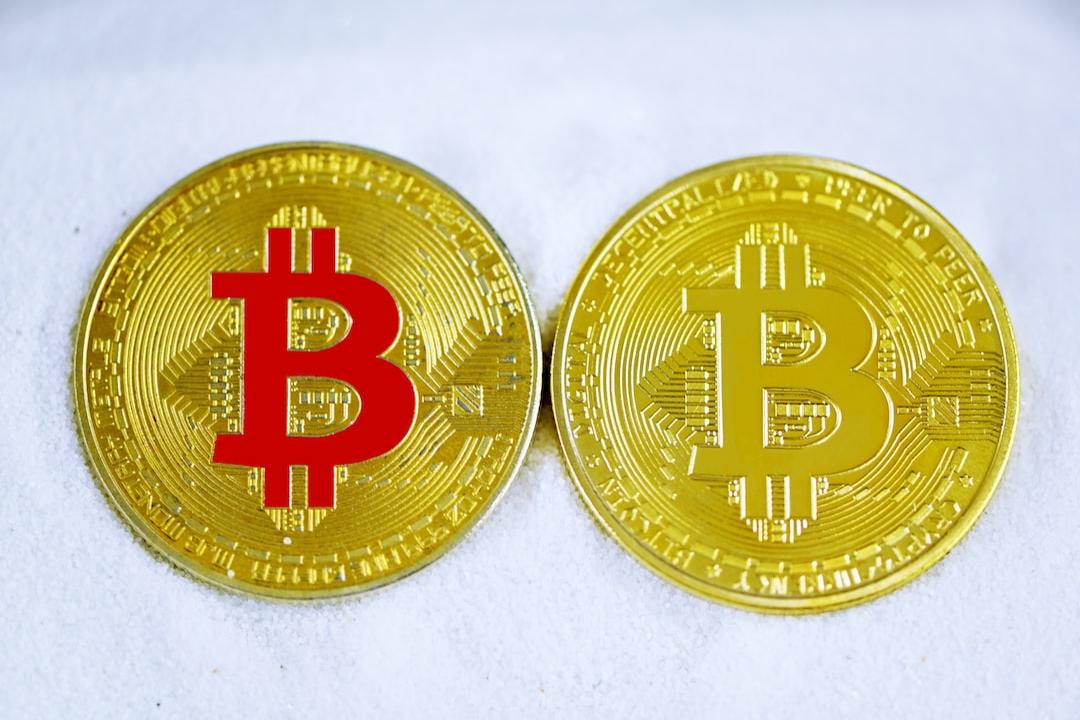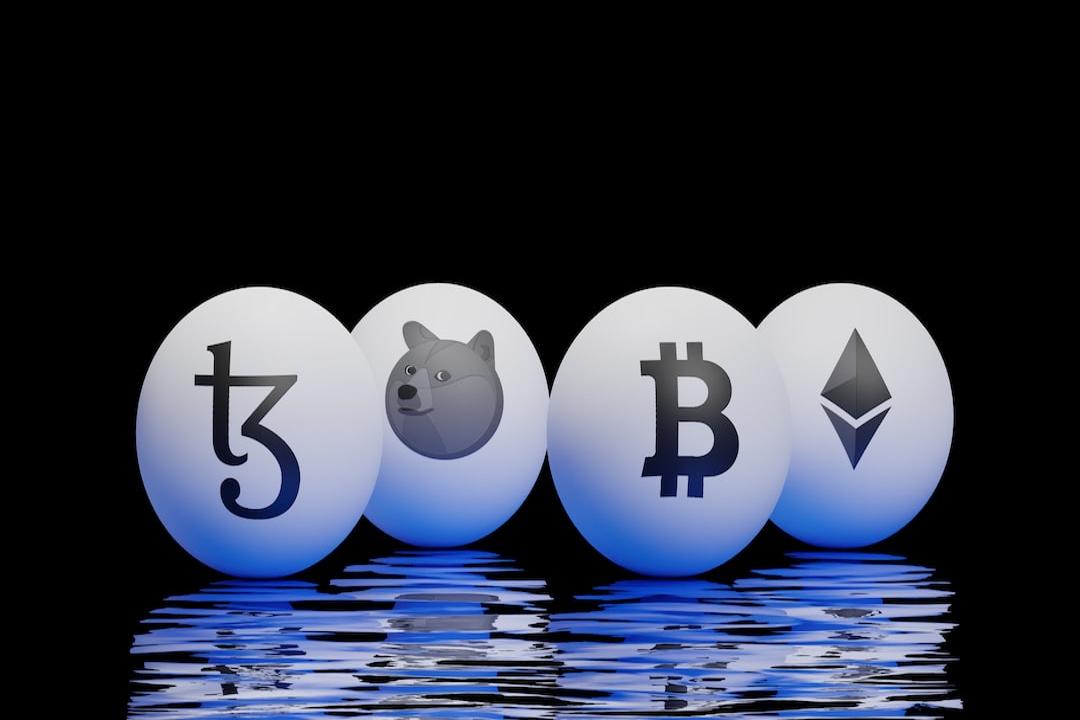ETHTaipei GAIB Focuses on “GPU Bond Tokenization,” Disrupting Investment Barriers for Enterprise-Level AI Computing Power
With the Global Development of AI Heating Up, the Underlying “Computing Power” is Rapidly Becoming the New Battleground for Technological Competition
The innovative AiFi project GAIB, which focuses on tokenizing corporate GPU computing power assets, has launched a financing scheme that provides cloud data centers with a more flexible and efficient source of funds compared to traditional bank loans.
GAIB not only targets the industrial sector but also significantly lowers the investment threshold, allowing retail investors to participate directly in the economic benefits of AI infrastructure. Retail investors are no longer limited to buying technology stocks like NVIDIA and AMD as “observers.”
In contrast to DePIN projects emphasizing shared computing resources like io.net and Aethir, GAIB’s strategy resembles the commoditization of AI computing power as a financial asset. GAIB also appeared at ETHTaipei, establishing a sponsorship booth to showcase the latest developments and application scenarios of the project to the developer community.
GAIB Provides Retail Investors Direct Participation in AI Infrastructure Returns and Offers Refinancing Channels for Cloud and GPU Operators
If investors want to participate in the growth dividends of AI infrastructure, they can only purchase technology stocks like NVIDIA, AMD, and Intel. However, this method has a high threshold, lacks transparency, and does not allow for “direct” access to the economic benefits behind AI computing power.
The emergence of GAIB is precisely aimed at solving this problem. By tokenizing the revenue generated from enterprise-level GPU computing power, ordinary retail investors can participate in the AI computing economy with a lower capital threshold. At the same time, it provides refinancing channels for cloud and GPU operators.
GAIB’s Operating Model Packages High-End GPU Computing Power into Bonds Using Tokens for Investment
GAIB’s business model is not simply about slicing GPU computing power into smaller pieces and packaging it for sale with tokens, but rather:
- Through “bonds” packaging
- Transforming the future revenue ownership of enterprise-level GPU computing power into a new asset class
- AI Synthetic Dollar (AID)
- Users can stake AID, akin to holding “GPU revenue debt rights”
- Investors can hold tokens to earn revenue from GPU rentals and computation services
In simple terms, this is akin to “income bonds” in the traditional financial market. However, the unique aspect is that GAIB has moved the entire investment and clearing process on-chain, leveraging the advantages of blockchain transparency and decentralization to lower the capital threshold for users entering large AI infrastructure.
Successfully Raised $5 Million, Led by Hack VC and Hashed
GAIB completed its seed round financing at the end of 2024, raising $5 million, led by well-known institutions in the blockchain and AI sectors, including Hack VC, Hashed, The Spartan Group, Faction, and Animoca Brands.
In February of this year, GAIB collaborated with the DePIN cloud computing platform Aethir to complete the first GPU bond tokenization pilot on the BNB Chain, raising $100,000 in just 10 minutes.


The image displays the list of fundraising backers behind GAIB.
Different from io.net and Aethir, a Leasing Platform and Investment Product
Current mainstream DePIN projects like io.net and Aethir primarily focus on establishing GPU resource sharing, matching, and leasing platforms, enabling suppliers to provide idle computing power to demanders, with an emphasis on efficiency and resource flexibility.
GAIB does not offer platform services or engage in computing power matching; instead, it collaborates directly with AI infrastructure and cloud operators to tokenize GPU computing power and design it into income-generating tokens, allowing investors to participate in the GPU computing economy in a manner similar to buying bonds.
GAIB Highlights “GPU Revenue Combined with Treasury Bonds” to Create the Income Token AID
On March 20, GAIB announced the launch of AID, the AI computing revenue token (AI Synthetic Dollar), which is supported by the following asset combinations:
- Enterprise-level GPU financing agreements, such as computing power rental contracts
- Cash flow from GPU usage, such as AI model training fees
- Low-risk assets like U.S. Treasury Bonds
- Other highly liquid financial instruments
For every dollar that enters the GAIB protocol or is generated as revenue from the GPU portfolio, one AID is minted, avoiding decoupling.
GAIB Adopts a “Peg and Burn” Mechanism to Ensure AID Issuance Adjusts Flexibly with Asset Conditions
GAIB employs a “peg and burn” mechanism allowing the issuance of AID to be flexibly adjusted with asset conditions:
- When $1 enters the GAIB protocol or the GPU portfolio generates $1 in revenue, 1 AID will be minted.
- Conversely, whenever an investor redeems $1 in revenue, 1 AID will be burned.
GAIB states that this ensures the market value of AID synchronizes with the value of its underlying assets, making it difficult for decoupling and collapse to occur.
GAIB Introduces sAID Staking Mechanism to Earn AI Revenue While Maintaining Liquidity
GAIB has also introduced the sAID staking mechanism to allow investors to participate in revenues without impacting liquidity:
- Holders can choose to stake AID in the GAIB protocol to receive sAID.
- sAID acts like a revenue certificate, where holding sAID will yield returns based on the GPU portfolio’s performance.
- Furthermore, investors can exchange sAID back to AID at any time without concerns about locked funds.
This allows AID to directly correspond with the growth revenue of AI infrastructure.
Launching on Multiple Main Chains in Q2 2025: Ethereum, BNB Chain, and Arbitrum
GAIB states that AID will first launch on the following main chains in Q2 2025:
- Ethereum
- BNB Chain
- Arbitrum
- Story Protocol
- Base


GAIB will expand to more chains, aiming to enable global DeFi users to easily access and utilize AID, directly participating in the growth and cash profits of the AI computing economy while also providing refinancing channels for cloud and GPU operators.
Risk Warning
Cryptocurrency investments carry a high level of risk, and their prices can be highly volatile. You may lose your entire principal. Please assess the risks carefully.
